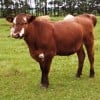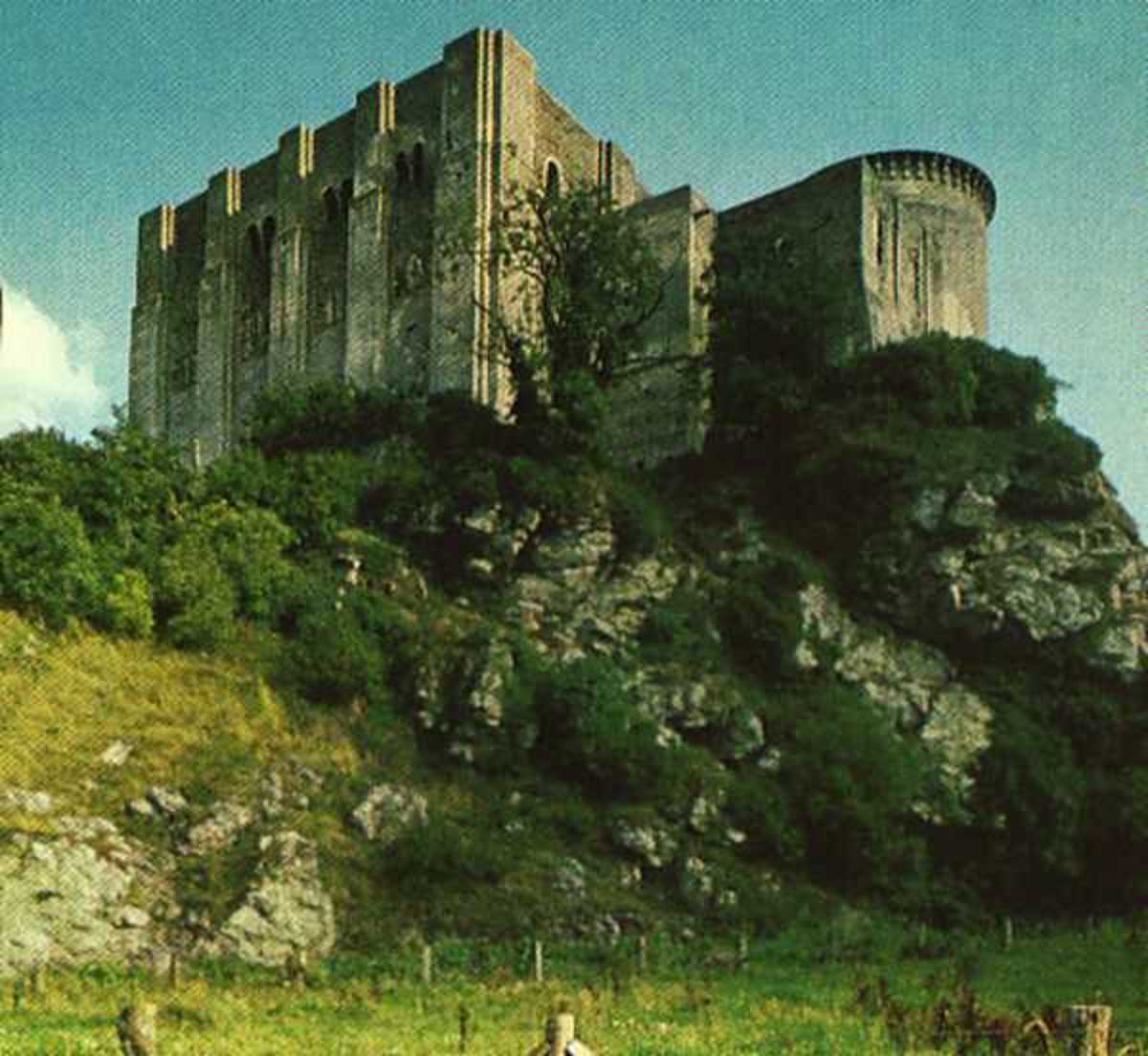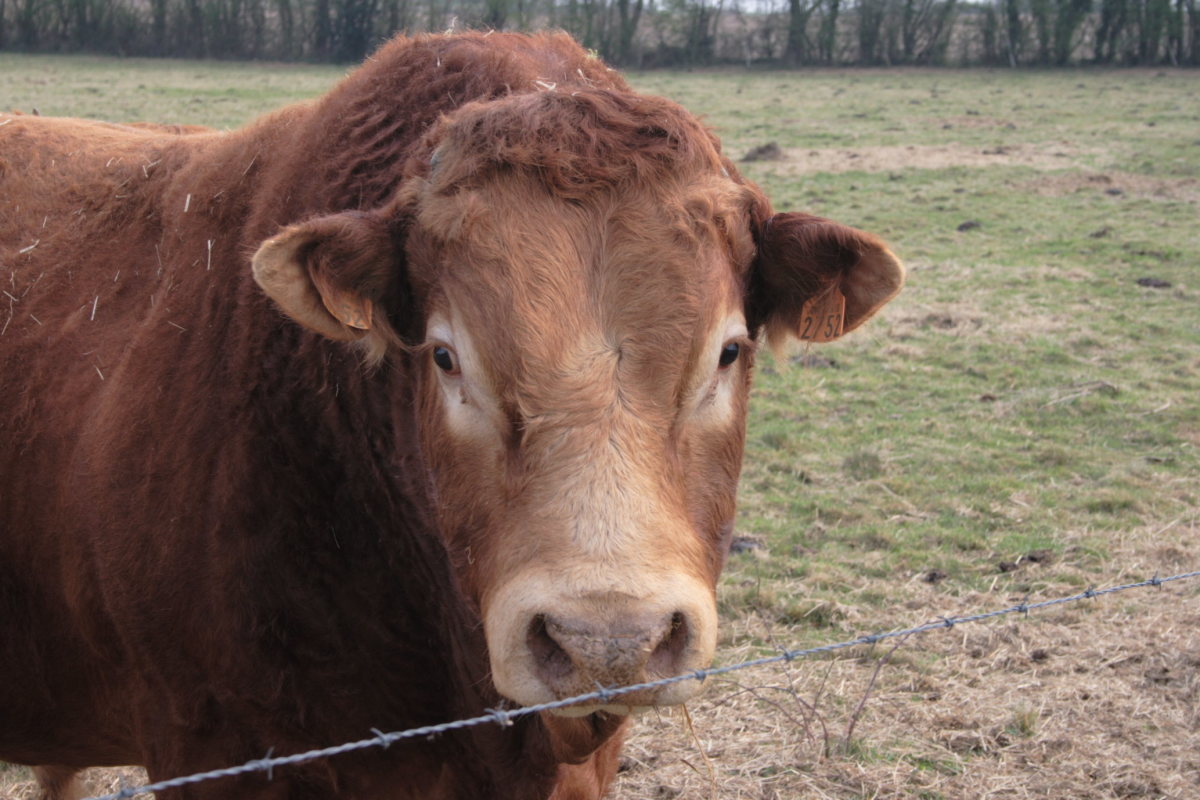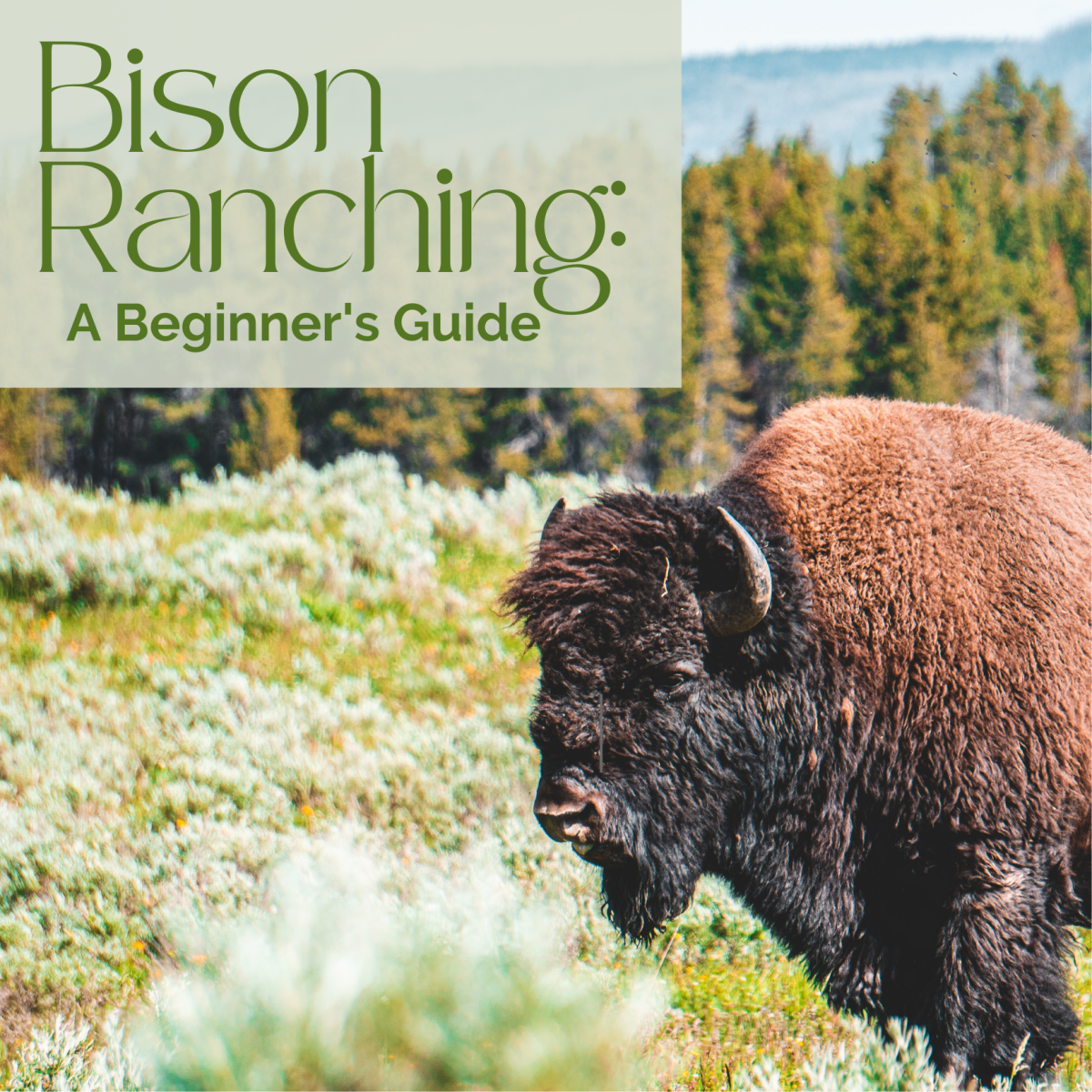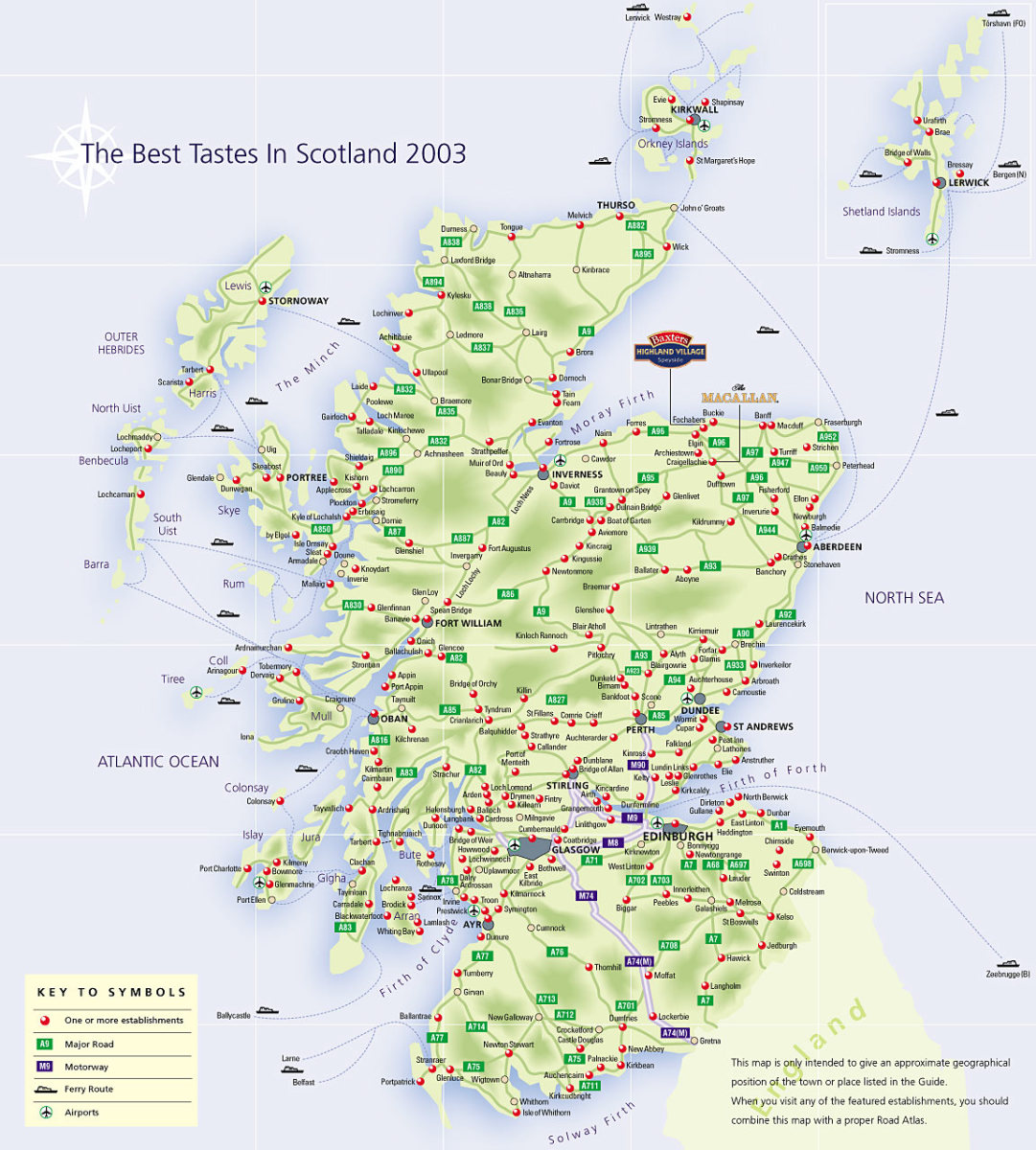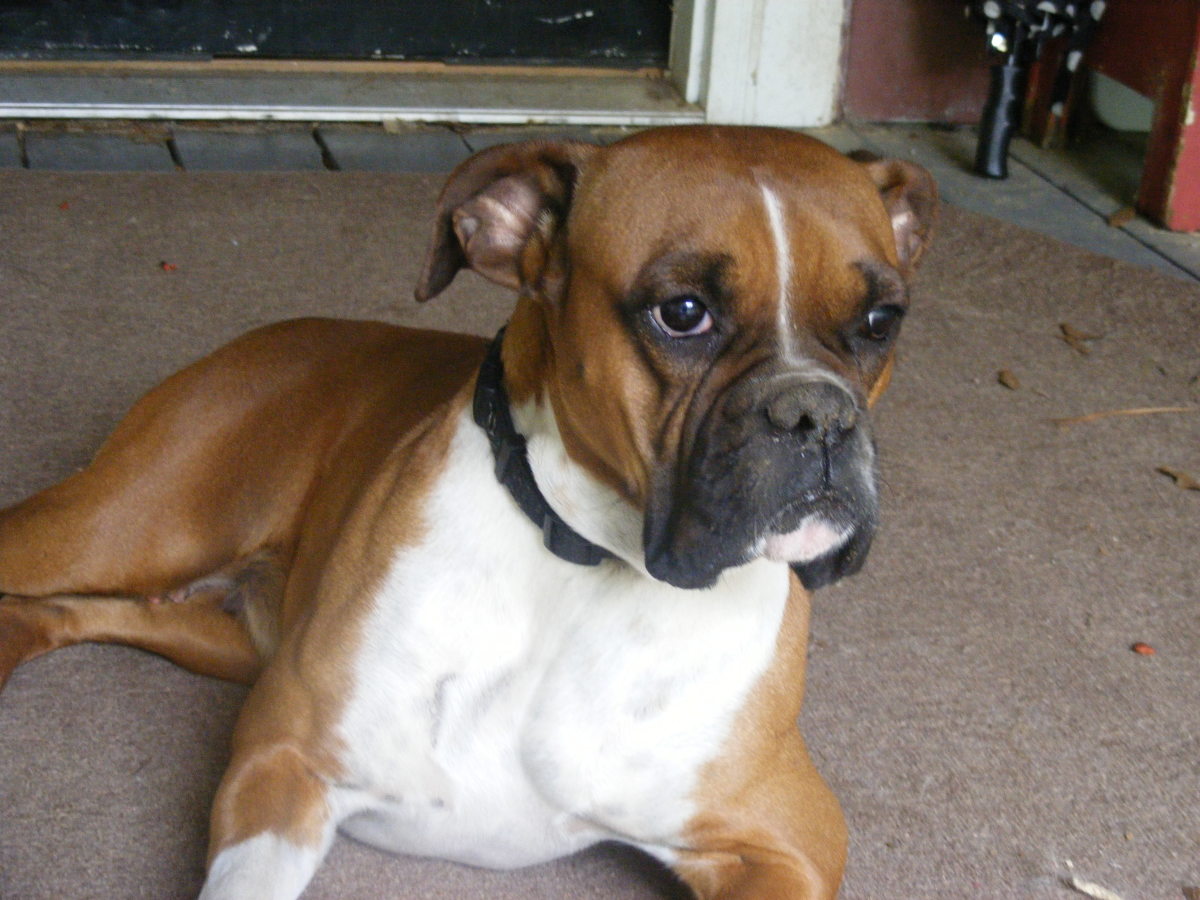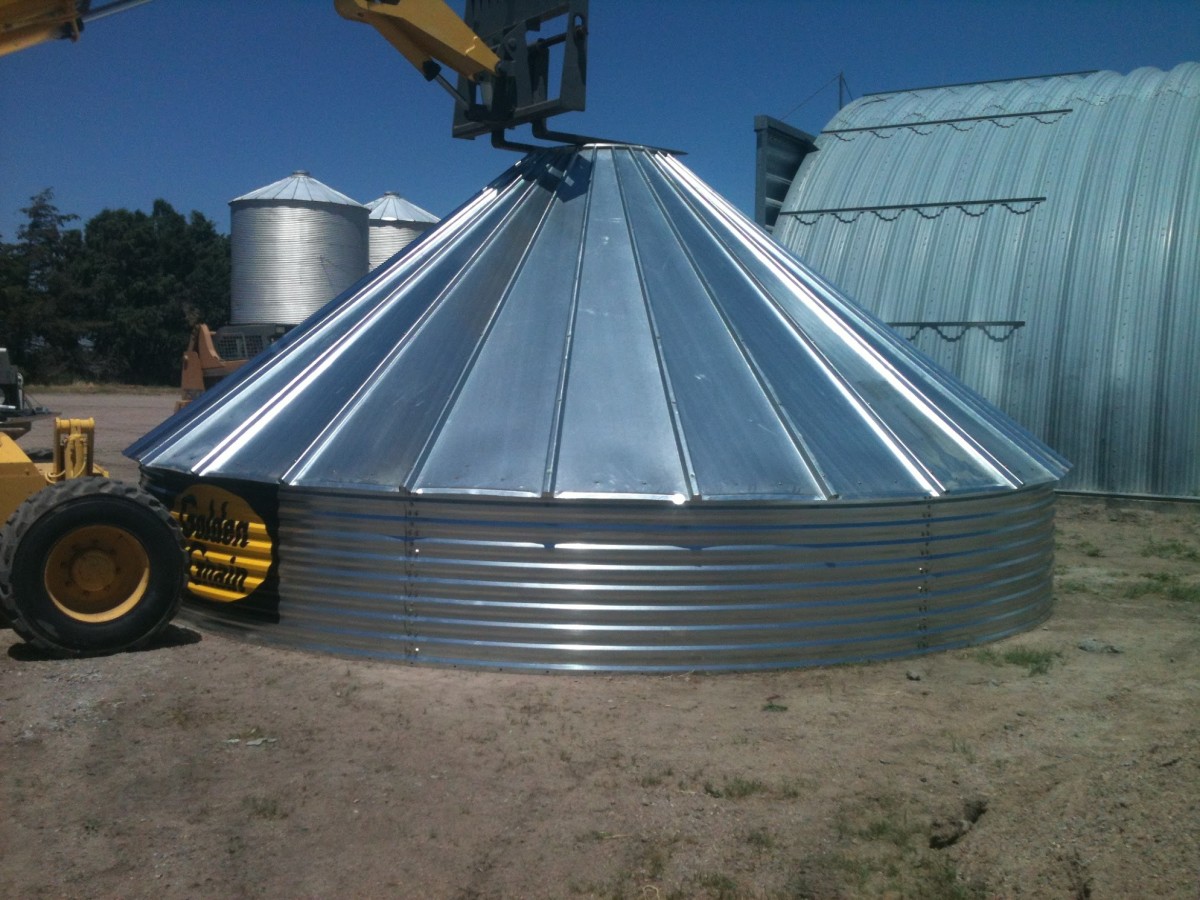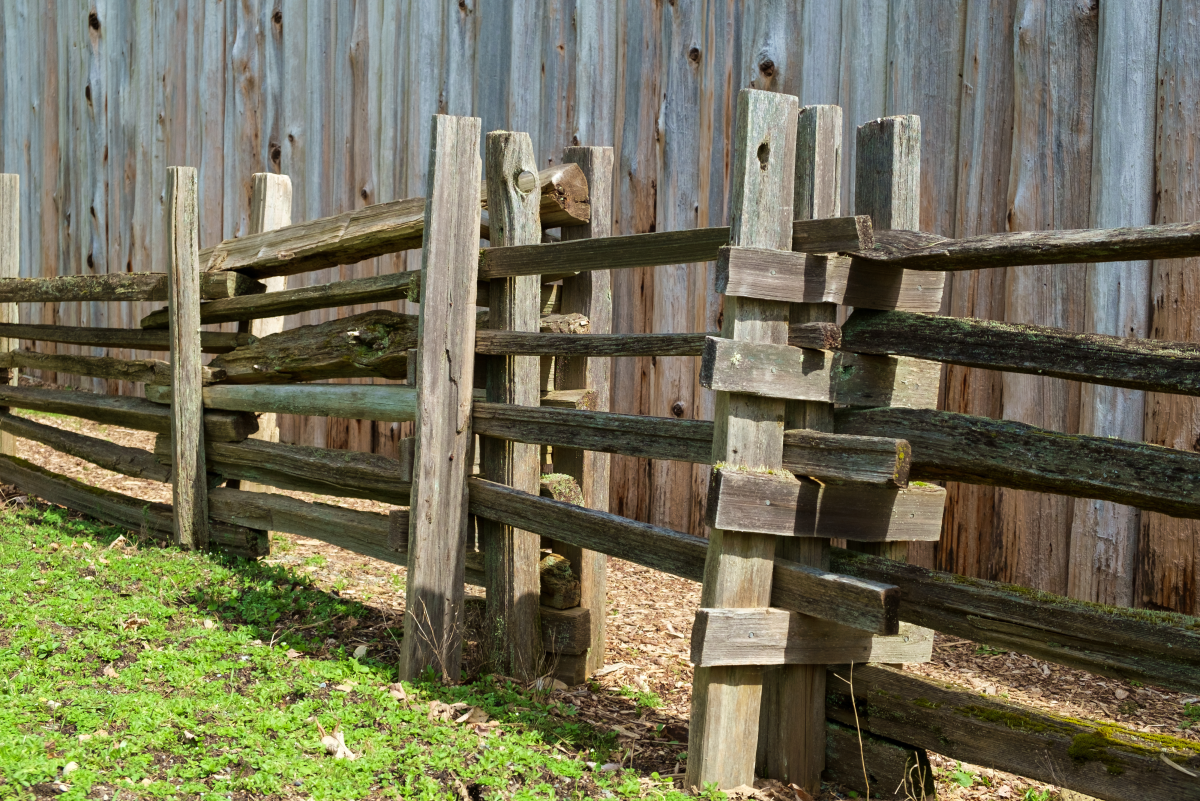Angus Cattle and CAB: The Controversy of What CAB Really Entails
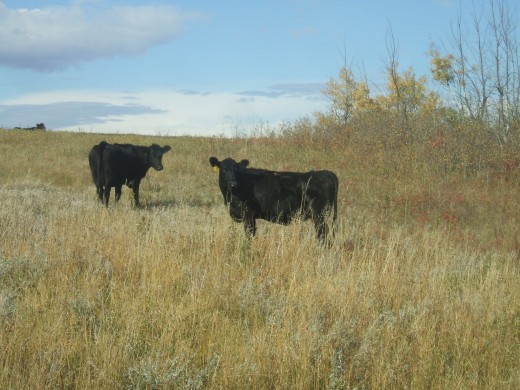
The Angus Breed IS Great But....
First of all, I just want to say this: to those of you who are proud owners of Angus cattle, I mean no offence. I respect the breed myself, and I know what these kind of cattle are capable of, BUT there are a few things I need to get off my chest about this breed, particularly about the marketing ability of CAB (Certified Angus Beef) and how other beef breeds have been following and taking advantage of it. I won't cover that until a little later, as I want to discuss about the Angus breed itself and what I know of it. So here goes nothing.
Angus cattle, or some folks call them Aberdeen Angus, are a naturally polled (genetically hornless) all-black breed of beef cattle that originated from the counties Angus and Aberdeen, Scotland, Great Britian. Though it is thought that these polled cattle are either aboriginal to Scotland or come from Egypt or Siberia, as a number of historians have consindered, the Aberdeen Angus breed itself wasn't officially recognized as a breed until the mid 18th century. Angus cattle were imported from Scotland to America in 1873, years after Columbus arrived with horned spanish cattle we know know as Texas Longhorns, and after the Hereford breed started making its mark on the American landscape. Angus cattle herds were built up by buying livestock directly from Scotland, and it wasn't until the late 19th century that the Angus breed as able to grow and multiply on its own.
The Hereford breed was predominant across North America until the late 1950s when more breeds were shipped in from Europe, and changes were seen in consumer demand for leaner, more tender beef. Producers started looking for cattle that were easier to manage and also met the market's demands, and consequentially the Angus breed had all the qualities that these producers were looking for: good mothering ability, good calving ease, great carcass merits, good fertility, awesome ability to produce calves with optimum heterosis when crossed with other breeds, etc., and so the breed expanded from there, and grew in popularity. Originally, the Angus breed were small-sized cattle, cows weighing no more than 1100 lbs, and bulls no more than 2200 lbs. However with a growing population, more mouths to feed (not to mention larger bellies to fill), selection in size for larger calves and consequently, larger framed bulls and cows to accommodate for the larger calves, had to increase ten-fold. The continental breeds Charolais, Limousin, Simmental, Maine Anjou, Gelbvieh and Salers helped boost the frame size of these small black cattle, with cross-breeding programs and more intensive selection on frame size in seedstock (purebred) herds. Today, we see Angus cows that range from 1200 lbs to over 2000 lbs, and bulls from 2400 lbs to almost 3000 lbs. Personally, I call these "monster cows" since they are HUGE when you get up to one of these beasts.
The Angus breed has taken off thanks to market demand for these kind of cattle, and to the American Angus Association for doing a lot of promotional talks and advertising to cattle producers alike, as well as to (and especially) the consumer of how the Angus breed is better than any other breed in terms of beef quality and ability to "do well" in their operations. But in reality, there is no "best breed". There never is and never will be. This is why I said in the subtitle of this hub that sure, the Angus breed is a great breed, but it has its limitations too.
Not all farms and ranches of America and Canada have a climate that is like that of Scotland, where there is abundant forage for most of the year, it is cool and moist, with good terrain meant for pasturing cattle. There are thousands of micro-environments that differ in vegetation, soil, climate, topography/terrain, and seasonal fluxuations. But it doesn't end there. There are farmers and ranchers who have their own philosophies, management criteria, personal preferences, experiences and peer-influences (or not) which determine whether raising Angus cattle is right for them. Canada seems to have more of these type of cattle producers than America, to my own eyes that is.
And example I would like to throw out about about the above paragraph is how Angus cattle do in the South: They do very poorly. They are mostly in the shade or wading in a deep pool during the hottest days, and are only able to graze a few hours of the day. They cannot stand the hordes of insects and parasites that are commonly found in this climate, and hence face a lot of misery and suffering if not properly cared for by their herdmaster. Two things are the reason they cannot survive in this climate: no sweat glands in their skin, and thin, black hide. European cattle have no sweat glands on any part of their body except their noses, and thus cannot release enough heat energy from their bodies quick enough before they succumb to heat stroke or exhaustion. Angus cattle have thin skin, which makes it easy for insects and parasites to burrow under the skin and hatch their eggs, and for insects to inflict nasty, itchy wounds on these poor beasts. Their black hide doesn't help matters either, for it absorbs the sun's rays, making animals more hot. So where Angus cattle can't survive, Brahmans can, and, surprise surprise, Herefords as well.
Brahmans have loose, thick hide with sweat glands in it to help dissipate heat and ward off most parasites and insects that would drive an Angus cow mad. Their large ears also aid in heat dissipation. Herefords, a British breed like the Angus, have thick skin like Brahmans do and red and white hair which does not absorb heat energy as readily. Though they have no sweat glands unlike the Brahmans, they are able to live and "do well" in hot, arid and most subtropical environments like South Africa, Uruguay and Argentina.
Today it seems most producers are quick to jump on the Black Bandwagon because of the premiums and market potential that their black cattle get, not realizing that there are other breeds of cattle out there (hundreds, in fact) that could probably do well if not better than the Angus cattle they are now raising. This is much more of a "problem" in the USA than in Canada. However I shouldn't say that most producers are blind to the fact that there are better breeds for them to use, as I fear I am getting too biased.
The biggest problem is that where they could raise a different breed, the conventional market wouldn't let them get anything for it. This is why the only way they see that they can actually make money in the cattle industry is by raising the kind of cattle that are doing well for them already. Dream on, I guess!
The Problem with CAB
CAB or Certified Angus Beef is a marketing campaign initiated by the American Angus Association to "make" more people eat more Angus beef.
A marketing campaign that has been a little too successful.
It has appropriately taken advantage of the stupidity, blindness, and carelessness of most consumers who purchase and eat CAB beef either off the counter in their local superstore, from a high-end restaurant or diner, or even a fast-food restaurant. Why do I say this? Because of the most obvious reason: these consumers cannot nor will not ask or attempt to trace this cut of beef back to what breed or breeds it came from. They don't know nor do they really care. They don't even have the TIME to care. All they know is that if this slab of steak served on a styrofoam platter wrapped in cellophane has a CAB Certified sticker on it, then it must be Angus beef. And all they care about that slab of beef they just bought is if it tastes good like CAB has marketed it out to be.
But the question is: Is it REALLY Angus??
I wouldn't know, they wouldn't know, and nor would you: When the hide comes off, they all look the same, no matter what breed or mix of breeds it is. For example, the beef could've come from an Angus-Simmental-Limousin-Hereford cross steer, or even a Black Simmental. Sure there's a lot of Angus cattle around, but there are just as many, if not more, cattle that are just black.
Black cattle get a premium in the salebarn and at the supermarket. Black cattle don't necessarily mean that they are pure Angus either. There are a whole mix of breeds that can still create black polled cattle that are not Angus: Gelbvieh, Simmental, Limousin, Maine Anjou and Salers are the top 5 breeds that have infused Angus genetics into their breeds to 1) get a premium at the salebarn and 2) still be called purebred Gelbvieh, Simmental, etc. I found it very surprising, upon looking at a Simmental breed association site, that an animal with 1/2 purebred Simmental and 1/2 Angus or Red Angus or Hereford can still be registered as a PUREBRED. Now how messed up is that?? That, to me, is NOT purebred. I will leave that rant for another time. So the black cattle market and the infusion of black genetics into the five afforementioned breeds are two major examples of how CAB has, in turn, been taken advantage of by the beef producers.
The take away message I have for anybody who has read this in full and has not been discouraged through boredom by its length, is if they really care about the what, where, why, how and who of their beef, is to buy locally raised beef or try beef from a farm that does not raise Angus cattle, to see if Angus really is better or whether you agree with me that it is simply false advertising. Another message I would like to put out there is don't be fooled by what they put on the label. Today, too many things, especially food, is taken for granted, particularly by those who are several generations removed from the farming community.
